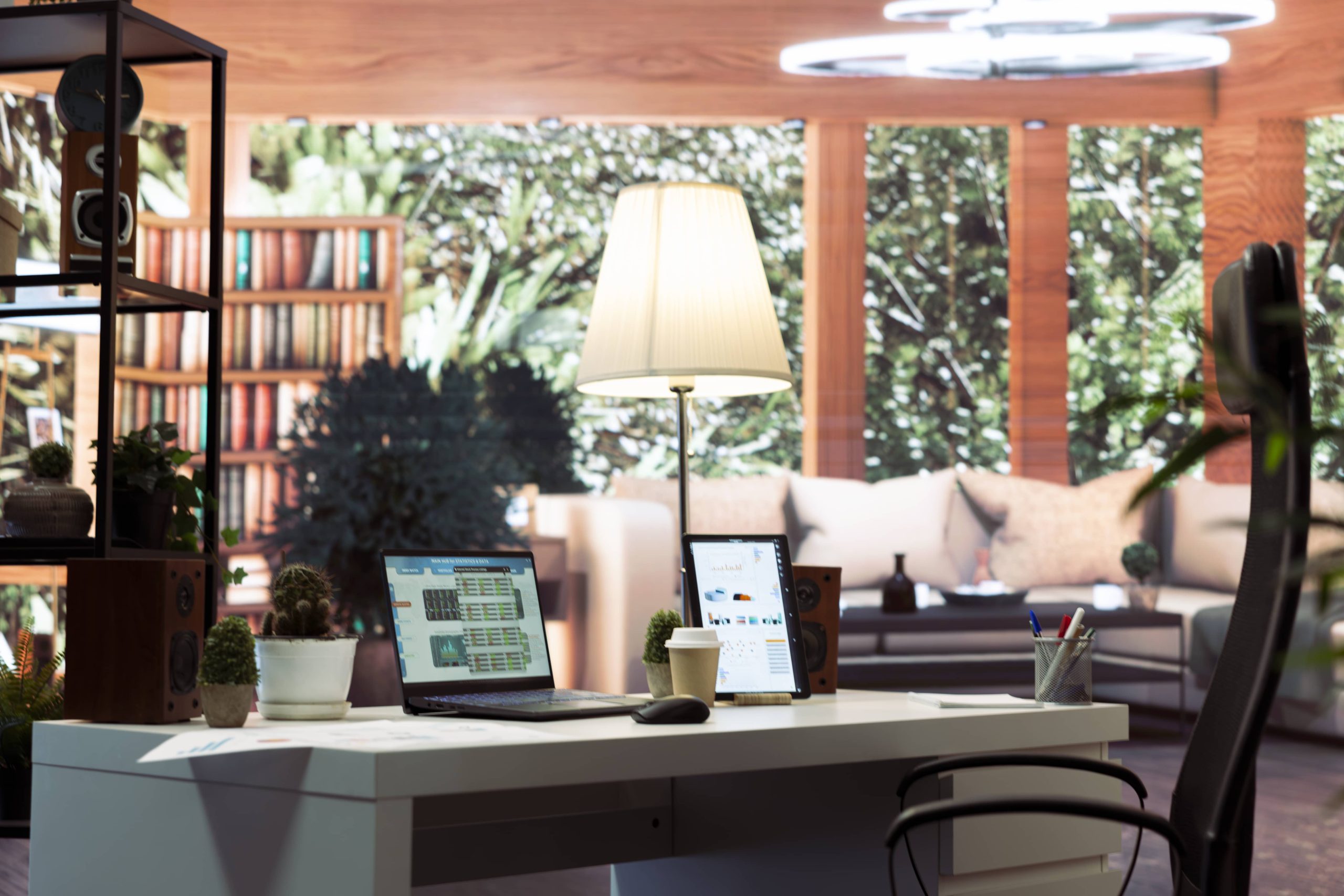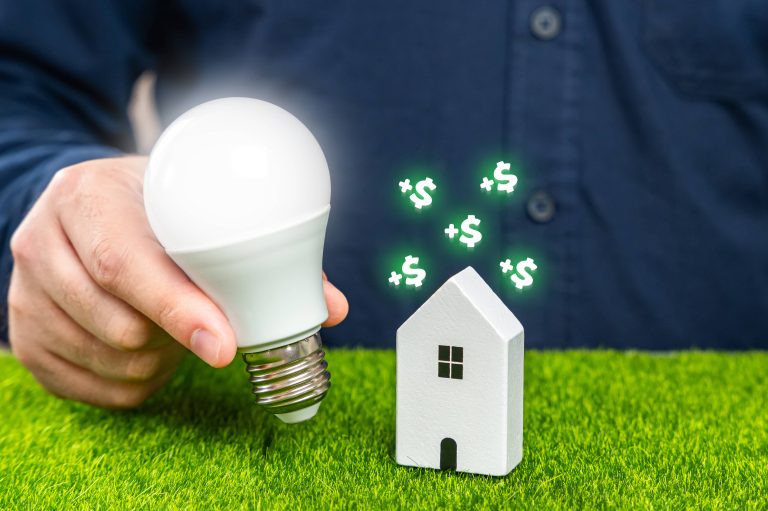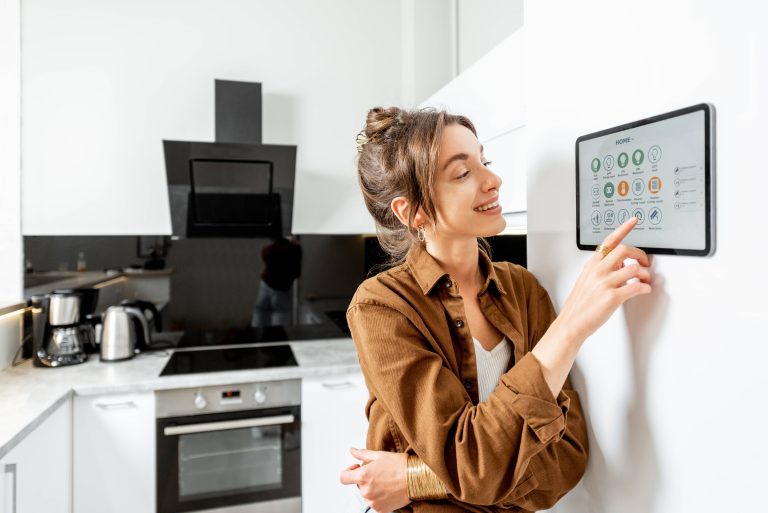
In recent years, the focus on energy efficiency and sustainability has reached unprecedented levels. As we move towards smarter homes, one of the key aspects of achieving both comfort and energy efficiency is through the automation of lighting systems. Lighting, although essential, can be a significant energy consumer. By automating lighting systems, you can ensure lights are used only when needed, thereby optimizing energy consumption, reducing electricity bills, and contributing to a more sustainable environment. In this post, we will explore the steps to automate lighting systems for energy efficiency.
1. Understanding the Basics of Lighting Automation
Before diving into the steps, it’s crucial to understand what lighting automation entails. At its core, lighting automation means using technology to control when and how lights in your home are turned on or off. This can be done through timers, sensors, smart bulbs, and switches, all of which can be controlled remotely or set to follow certain schedules and conditions.
2. Assess Your Current Lighting Setup
The first step in automating your lighting system is to take stock of your existing setup. Identify the types of light fixtures you have in each room and their current controls. This will help you determine what needs to be upgraded or replaced. For example, existing light bulbs can be swapped for smart bulbs, and traditional switches can be replaced with smart switches.
Detailed Assessment Components:
– Review energy consumption: Track the energy consumption of your current lighting setup using energy usage monitors.
– Analyze usage patterns: Observe how different areas of your home are used, noting peak moments and durations when lights are typically needed.
3. Choose the Right Smart Bulbs and Fixtures
Smart bulbs are the cornerstone of a modern automated lighting system. They come with various features such as dimmability, color change, and remote control. When selecting smart bulbs, consider the following factors:
– Compatibility: Ensure the smart bulbs are compatible with your existing fixtures and smart home ecosystem (e.g., Alexa, Google Home, Apple HomeKit).
– Energy efficiency: Choose LED bulbs which are more energy-efficient compared to traditional incandescent or CFL bulbs.
– Features: Look for bulbs with features that meet your needs, such as adjustable brightness, color temperature control, and smart scheduling.
4. Install Smart Switches and Dimmers
Smart switches and dimmers provide an easy way to automate any existing light fixtures without replacing the bulbs. They can be controlled via smartphone apps or voice assistants and can be programmed for various scenarios.
Installation Tips:
– Review wiring: Ensure your home’s wiring is compatible with smart switches as some require a neutral wire.
– Professional installation: If you’re not confident in your electrical skills, hire a professional to install smart switches and dimmers to ensure safety and functionality.
5. Employ Motion Sensors and Occupancy Sensors
Motion sensors and occupancy sensors are excellent tools for automating lighting in areas of the home where lights are frequently left on by accident, such as bathrooms, hallways, and closets.
Usage Scenarios:
– Motion sensors: Trigger lights to turn on when movement is detected and turn off after a set period of inactivity.
– Occupancy sensors: Ideal for areas like the kitchen or living room where lights should stay on while the room is occupied.
6. Set Up Schedules and Timers
A significant advantage of smart lighting systems is the ability to set schedules and timers. This ensures lights are on when needed and off when not in use, saving energy.
Steps to Set Schedules:
– Use the companion app: Most smart bulbs and switches come with apps that allow you to set schedules easily.
– Customize by room and activity: Set different schedules for different rooms based on usage patterns. For example, schedule bedroom lights to turn off at bedtime and living room lights to dim gradually in the evening.
7. Integrate with Smart Home Systems
For a seamless experience, integrate your lighting automation with your overall smart home system. This can be done through:
– Smart home hubs: Devices like Samsung SmartThings, Apple HomeKit, or Amazon Echo can centralize control of all your smart devices, including lights.
– Voice assistants: Use Alexa, Google Assistant, or Siri to control your lights using voice commands, creating a hands-free, convenient experience.
8. Leverage Natural Light with Smart Shades and Sensors
Incorporating natural lighting can significantly reduce the need for artificial lighting. Smart shades and sensors can adjust based on the natural light available, optimizing energy usage.
– Smart shades: Automate shades to open and close based on the time of day or when natural light reaches a certain level.
– Light sensors: Adjust the intensity of artificial lights based on the amount of natural light detected, ensuring consistent lighting levels without wasting energy.
9. Monitor and Optimize Energy Usage
Finally, continuously monitor your lighting energy consumption and optimize settings as needed. Many smart lighting systems come with monitoring tools that provide insights into energy usage patterns.
Optimization Tips:
– Regular reviews: Periodically review the energy reports provided by your smart lighting system and adjust schedules or sensor sensitivity to maximize energy savings.
– Update firmware: Ensure all smart devices are running the latest firmware to benefit from updates and improvements in energy efficiency.
Conclusion
Automating your lighting system is a practical and impactful way to enhance energy efficiency in your home. By following these steps – from assessing your current setup and selecting the right smart devices to integrating with smart home systems and leveraging natural light – you can create an intelligent lighting environment that not only saves energy but also contributes to a sustainable future. Embrace the smart home revolution and illuminate your path to energy efficiency.







